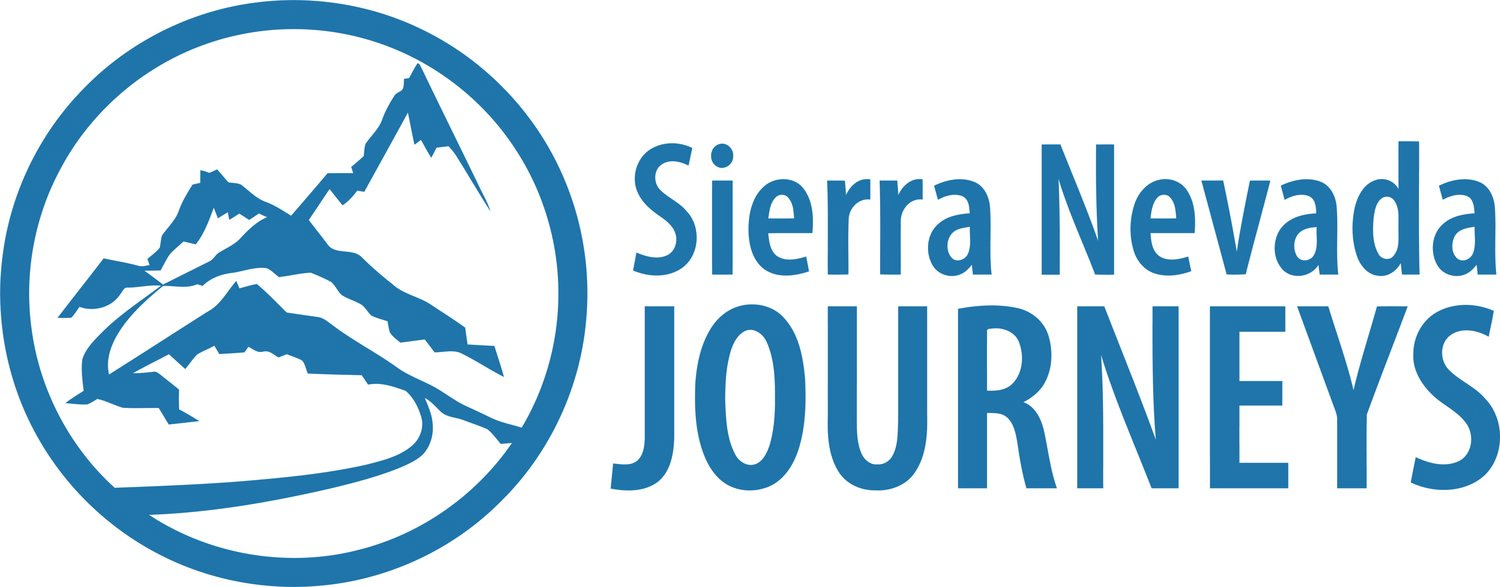watersheds
fifth Grade Lessons
This unit was developed featuring Southern and Rural Nevada environments using Next Generation Science Standards. This unit was designed for fifth grade and focuses on the NGSS standards 5-ESS2-1: Develop a model using an example to describe way the geosphere, biosphere, hydrosphere, and/or atmosphere interact, 5-ESS3-1: Obtain and combine information about ways individual communities use science ideas to protect the Earth’s resources and environment. However, it can be used for other grade levels and areas as well.
These activities are listed in their recommended order. This order will help to deepen student understanding by building on concepts from activity to activity. However, they were also designed to provide students with enough information that they will make sense on their own.
Download Watersheds Teacher’s Guide with additional notes and timing for each lesson. If you are using Google Classroom, consider using kamiapp.com to easily integrate activity pages which are created as PDF Fillable Forms.
Building a Watershed Model
This hands-on model building activity provides students an opportunity to construct the definition of a watershed, while observing how water travels within one.
Download Building a Watershed Model Activity Page
Spanish Building a Watershed Model Activity Page
NGSS: 5-ESS2-1: Develop a model using an example to describe way the geosphere, biosphere, hydrosphere, or atmosphere interact.
Select one of the two activities below
Exploring Your Watershed Map- Humboldt River Watershed
NGSS: 5-ESS2-1: Develop a model using an example to describe way the geosphere, biosphere, hydrosphere, or atmosphere interact.
Students use a map of the Humboldt River Watershed to better understand its features and develop an understanding of what is a watershed.
Download Exploring Your Watershed Map - Humboldt River Watershed Activity Page
Spanish Exploring Your Watershed Map - Humboldt River Watershed Activity Page
Exploring your Watershed Map - Las Vegas Valley Watershed
NGSS: 4-ESS2-1: Make observations or measurements to provide evidence of the effects of weathering or the rate of erosion by water, ice, wind, or vegetation.
Students will conduct an experiment to learn about the effects of chemical weathering by placing rocks in carbonated water or soda, and tap water. They will compare them through a scratch test and visual comparison. This is to provide them context to understand that the rocks are red in Red Rock Canyon due to the oxidation of the iron in them
Download Exploring Your Watershed Map - Las Vegas Valley Watershed Activity Page
Spanish Exploring Your Watershed Map - Las Vegas Valley Watershed Activity Page
Reflection
NGSS: 5-ESS2-1: Develop a model using an example to describe way the geosphere, biosphere, hydrosphere, or atmosphere interact.
Students will draw their own watershed using the knowledge they have gained throughout this unit.
Download Reflection Activity Page
Spanish Reflection Activity Page
Extensions
Dividing Up Water on the Colorado River
NGSS: 5-ESS3-1: Obtain and combine information about ways individual communities use science ideas to protect the Earth’s resources and environment.
Students learn about Prior Appropriation on the Colorado River and about the unit acre-feet. They are given examples to practice recognizing senior vs junior water rights. They then practice dividing up the water from the Colorado River during a wet year, a normal year and a dry year.
Download Dividing Up Water on the Colorado River Activity Page
Spanish Dividing Up Water on the Colorado River Activity Page
Updating Hoover Dam
NGSS: 5-ESS3-1: Obtain and combine information about ways individual communities use science ideas to protect the Earth’s resources and environment.
Students compare the difference between a natural river and a reservoir looking at the plant life around the Colorado River and comparing it to the lack of plant life around Lake Mead. They then learn about the impacts on the environment that a dam can have as well as the positive impacts on humans. They then develop a solution for dams to reduce human impact on the environment.
Download Updating Hoover Dam Activity Page
Spanish Updating Hoover Dam Activity Page
Wetlands
NGSS: 5-PS3-1: Use models to describe that energy in animals’ food (used for body repair, growth, motion, and to maintain body warmth) was once energy from the sun.
Students learn about the different parts of a food chain through the lens of the Clark County Wetland Park. Students are given information on animals and are asked to determine how they get their energy. Then they build a food chain using those animals.
Download Wetlands Activity Page
Spanish Wetlands Activity Page
Return to All Free Grade-Level Lessons.








